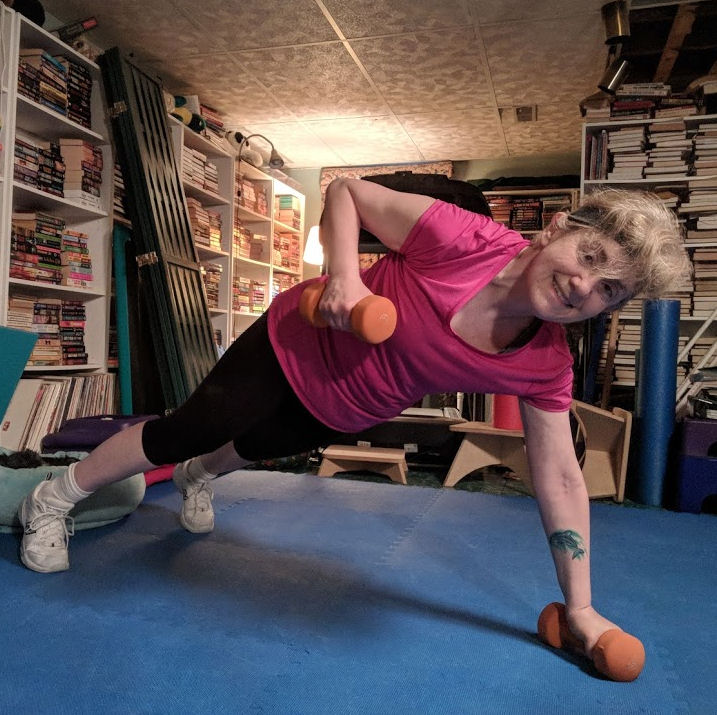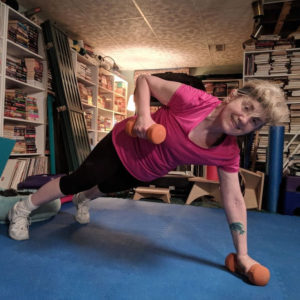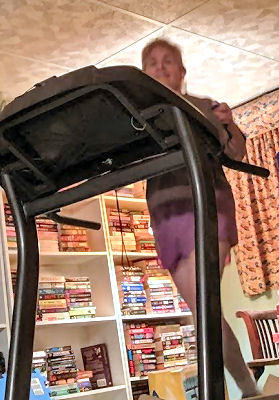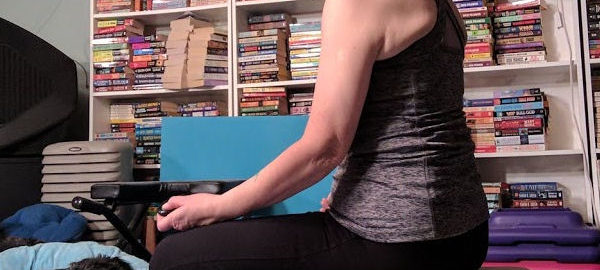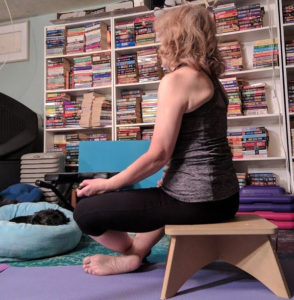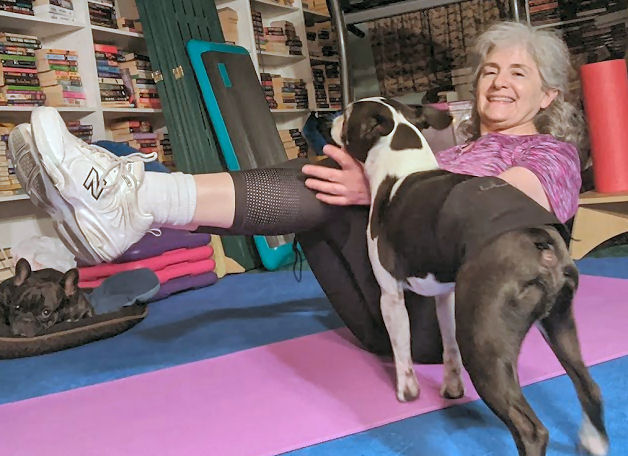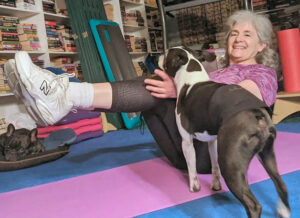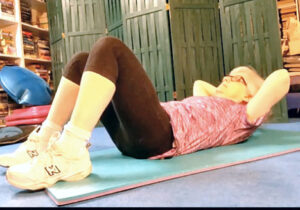The first quarter of the year is mostly done. It’s true – time flies! Time to take stock, reassess and reimagine your future. The first step is to look at the goals you set for yourself at the end of last year. Are they still working for you? I’m kind of stuck. I set a pretty ambitious fitness goal of running at 7.5 mph at 2.5 percent incline for a full 2 minutes. I’m not there yet. I can do one minute and that’s about it. The rule is to be specific, but not too specific, with your goals. And I think that’s where I’m falling short.
The Goal-Setting Process
First off, we’re old. Why even bother with setting goals? According to a study that included people over 65 in English-speaking countries, goal-setting is quite common. The topics of goals that people set were wide-ranging – and included health and well-being, social connections and engagement, finances, activities and experiences, activities and experiences, home and lifestyle, and attitude toward life. Setting goals helps us to look to the future and remain optimistic. When we set goals, we’re increasing our optimism and resilience since we’re planning on sticking around to see those goals to fruition.
When I set my running goal, I thought about where I wanted to be in three months. I create quarterly goals because that length of time seems to be enough to get something done, but not so long that I feel I can push it off. You know that the human condition is sincerely prone to procrastination. Why do something today when you can do it tomorrow, right? But three months, or twelve weeks, is a good amount of time to achieve something meaningful but not so long that there’s time to waste.
I can already run 7.5 mph at 2.5 percent incline on the treadmill. It’s the endurance that I have problems with. I get tired. I get bored. The motivation just isn’t there. In addition, I’m distracted.
Check my own posts
I guess I need to get my head fixed to achieve this particular goal – read my own articles, maybe? Do more meditation and affirmations? I’ll get on that.
In the meantime, for the other goals that I’ve let slide, like keeping my desk clean by putting papers away every day. Perhaps I should reconsider the next part of goal-setting.
Be specific, but not too specific. This one seems to be a case of over-specificity. Things happen. Crises occur. Sudden projects can take over and cause chaos on my desk when I want things to be organized. So I’ll keep the goal of having a clean desk, but limit the filing to Friday afternoon. Every day is too much, but once a week should be about right. Time will tell. I’ll check back in three months.




